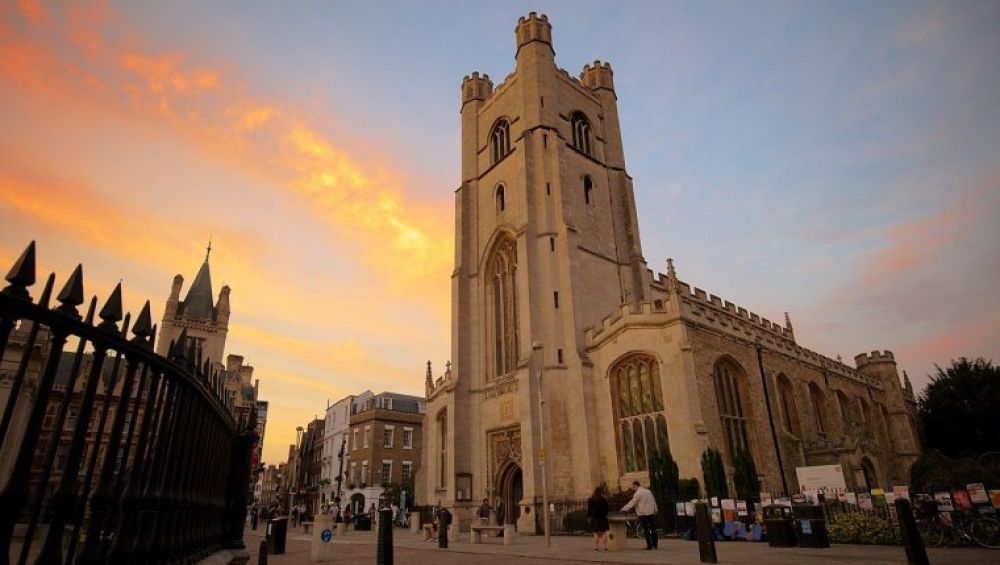

Great St Mary's Church has been at the heart of Cambridge's history for centuries, serving not only as a place of worship but also as an important landmark for visitors from around the world. Its role in tourism began very early in its history, as the church has been an iconic structure since its founding in the 1200s.
In the 16th century, the university town of Cambridge became a magnet for scholars and visitors, and with the University's expansion, tourism gradually increased. Visitors came to experience the rich tapestry of academic life, architecture, and cultural heritage. Great St Mary's Church, being the official center of the University, played a pivotal role in attracting tourists, who would often visit to marvel at its architecture and enjoy panoramic views of the city from its tower.
Over the years, the church has been a silent witness to several historical events that have piqued the interest of many tourists, including sermons by influential figures and the development of the Cambridge University. These elements have contributed to the church's standing as a significant tourist destination.
In recent years, tourism trends at Great St Mary's Church have been shaped by broader trends in travel, including a desire for authentic experiences, the rise of sustainable tourism, and the impact of digital technology on travel planning.
Today, visitors are drawn to Great St Mary's Church not just for its historical significance, but also for the opportunity to attend choral services and concerts, which show the living tradition of the place. These events offer a unique experience that connects visitors with the local culture and history in a profound way.
Sustainable tourism has also played a part, with tourists increasingly looking for ways to minimize their environmental impact while traveling. In response, the church has taken steps to manage visitor numbers responsibly and ensures that the infrastructure and activities are sustainable for the community and the building itself.
Moreover, digital technology has revolutionized how tourists interact with historic sites. An example at Great St Mary's Church is the availability of online tours and virtual experiences, which provide accessibility to those who cannot visit in person. Visitors can now explore the interior of the church, learn about its history, or listen to the bells online before they even set foot in Cambridge.
The trend of interactive and personalized experiences continues to thrive, with potential developments in augmented reality (AR) tours and mobile apps designed to enhance the physical visitation of the church. Such technological integrations promise an exciting and enriched future for tourism at Great St Mary's Church.